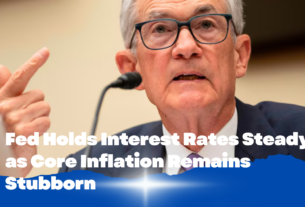LONDON/WASHINGTON In a high-profile announcement on May 8, UK Prime Minister Keir Starmer and US President Donald Trump revealed the signing of a new UK–US trade agreement, hailed by both leaders as a “breakthrough” in transatlantic economic relations.
The deal, negotiated after months of tense tariff disputes, includes the elimination of US tariffs on British steel and aluminum and a substantial reduction in automobile tariffs from 27.5% to 10% on up to 100,000 UK-made vehicles exported to the US annually. In exchange, the UK will reduce its average tariff on American goods from 5.1% to 1.8%, opening the door to greater imports of US ethanol, beef, and other agricultural products.
“This agreement proves that strong allies can strike strong deals,” said President Trump from the White House Rose Garden. “It’s a win for American workers and British industry.”
Prime Minister Starmer, speaking from 10 Downing Street, echoed the sentiment:
“This deal strengthens our economic sovereignty and builds a path for future growth between our two nations.”
However, economic analysts have expressed caution, labeling the deal as symbolic rather than sweeping. Notably, the agreement preserves a 10% universal US tariff on a broad range of UK exports not covered by the deal and excludes critical sectors such as digital services, pharmaceuticals, and financial regulations.
“The scope of this agreement is limited,” said Dr. Elaine Rutherford, senior trade fellow at the London School of Economics. “It appears more political than practical—especially with key UK industries still facing trade barriers.”
While the deal may boost short-term confidence, some experts warn it falls short of a full free trade agreement and leaves room for future disputes, especially as global economic conditions remain volatile.
The timing of the announcement is also politically significant, coming ahead of UK general elections and amid President Trump’s reelection campaign in the US.
With parliamentary debate expected and US Congress reviewing key provisions, implementation may take several months. Businesses on both sides of the Atlantic are now watching closely for clarity on regulatory alignment, customs procedures, and long-term tariff structures.




